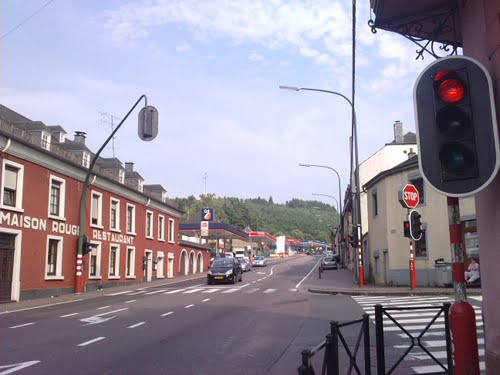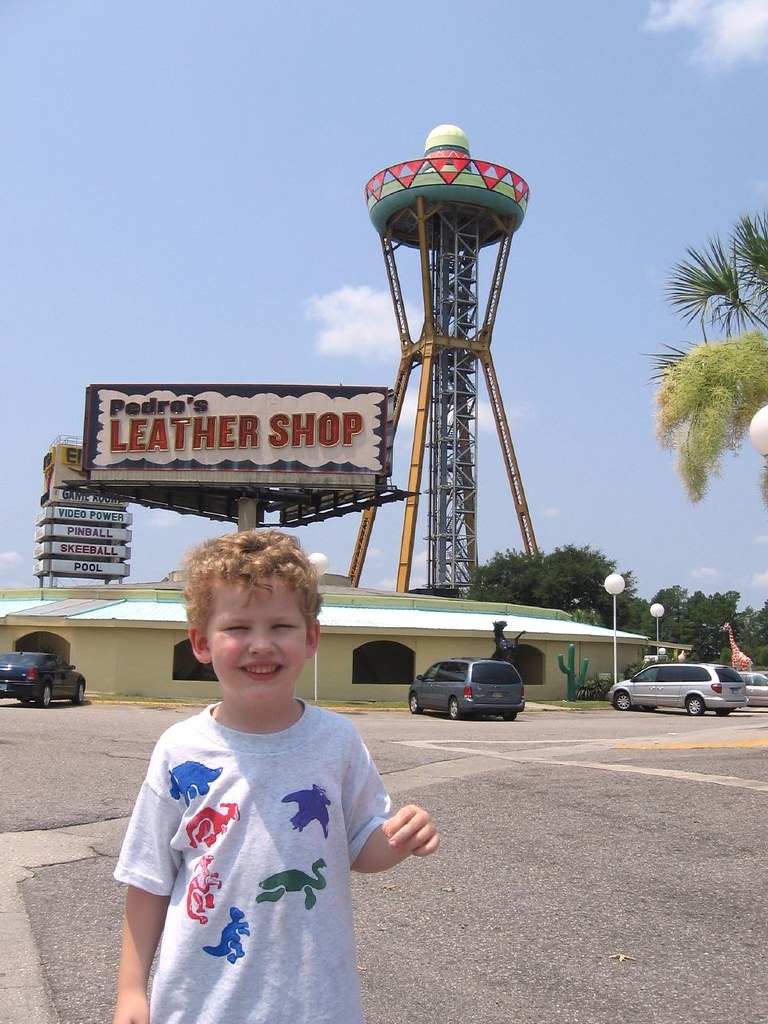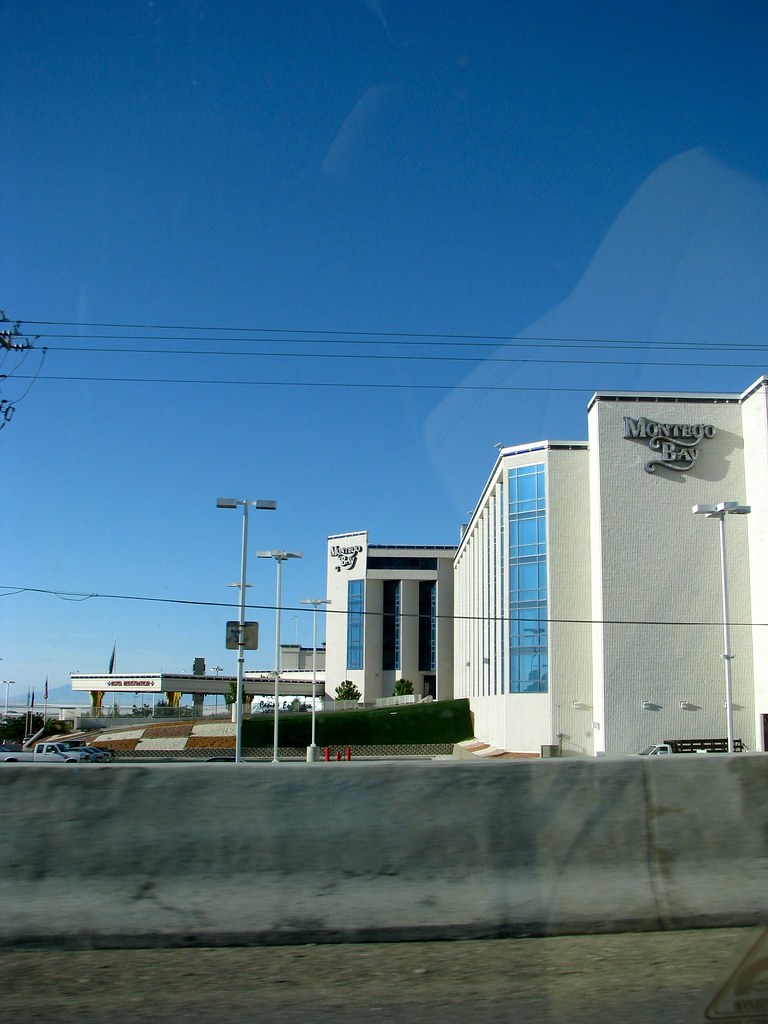This is my second attempt to present this article, following the debacle yesterday evening when I posted a rough outline. That was the first time I’d hit the publish button prematurely in nearly 500 articles. I suppose it was bound to happen eventually. Hopefully it didn’t cause too much confusion.
The whole point of this article, which may or may not have been apparent from the inadvertent draft, is to feature businesses that go directly up to a border without actually crossing it; done for economic reasons. This is the flip-side to an earlier article I provided about buildings that straddle a border, or something I called Bordersplit.
Jurisdictions may have different taxes or cultural norms. A product on one side might have a higher price or it might even be illegal on the other. These disparities create powerful business incentives. Someone can set up shop on the more permissive side and entice customers across.
Sales Tax
New Hampshire doesn’t have a sales tax. Its neighbor, Massachusetts has one of the higher sales taxes, at 6.25%. However, many Massachusetts residents are just a short drive away from instant savings, with plenty of New Hampshire businesses located at the first exit for their convenience.
Pheasant Lane Mall features a business model centered around this precept, attracting more Massachusetts customers than natives. The buildings are so close to the border than much of the parking lot extends into the neighboring state. Google Maps includes an error here by the way, placing the border about 40-50 feet north of the actual location. The real border is marked on the pavement. One segment can be seen above the three cars in the parking lot. Follow that line across and notice that the edge of the building has an irregular side designed to hug the boundary, stopping within inches without crossing it.
So there is a story, quite possibly apocryphal, that accounts for the strange shape of the JC Penny store. As legend goes, the corner of the department store once straddled the boundary ever-so-slightly. Massachusetts, sometimes derided as “Taxachusetts,” responded by declaring that all purchases made within the mall would be subject to their sales tax. The mall owners replied by lopping-off a small corner of the building to keep it entirely within New Hampshire. I have some doubts about the story — I think it more likely that the architects simply worked within understood space limitations — but it’s still fun to consider. Take that tax man!
Fuel
I have a good friend who lives in Belgium. He would frequently recommend that I cross into Luxembourg whenever I wandered anywhere near the border. Petrol is considerably cheaper in Luxembourg than in surrounding countries due to tax differences.

I borrowed this image from Panoramio (which is now defunct) to demonstrate the situation more dramatically. There is a stretch of the N4 road, Route D’Arlong, running directly along the border. Luxembourg is on one side and Belgium is on the other. Notice the row of fuel stations starting just beyond the Maison Rouge Restaurant on the left side of the image. That’s on the Luxembourg side.
Fireworks

Many parts of the United States limit fireworks severely or ban them entirely. However, South Carolina has a much more permissive attitude. Pretty much anything that the U.S. Bureau of Alcohol, Tobacco, Firearms and Explosives approves for sale to the public is available in South Carolina year-round. I have fond childhood memories of friends returning from trips down south with large bags of firecrackers, cherry bombs, bottle rockets, M-80’s, and a whole range of exploding shells and projectiles. Our neighborhood would resound with the concussions of smuggled goodies for several days.
Much of this stash seemed to come from South of the Border, as in south of the North Carolina border (map). It’s the first (or last) place where extreme fireworks could be purchased legally along busy Interstate 95. Even I’ve stopped at South of the Border. It’s hard to resist a hundred miles of relentless billboard advertising.
Gambling

Gambling is a huge example. I touched on this previously when I wrote about an esoteric time zone issue in the Wendover article. Wendover, Utah faces economic uncertainty while West Wendover, Nevada prospers. The primary difference is that West Wendover is the closest Nevada location to Salt Lake City, a two-hour shot due west on Interstate 80. Gamblers from a restrictive state flock to West Wendover for a quick gaming fix (map).
Other examples would include the proliferation of Native American gaming enterprises that have sprouted in areas where gambling hasn’t been allowed traditionally.

Leave a Reply